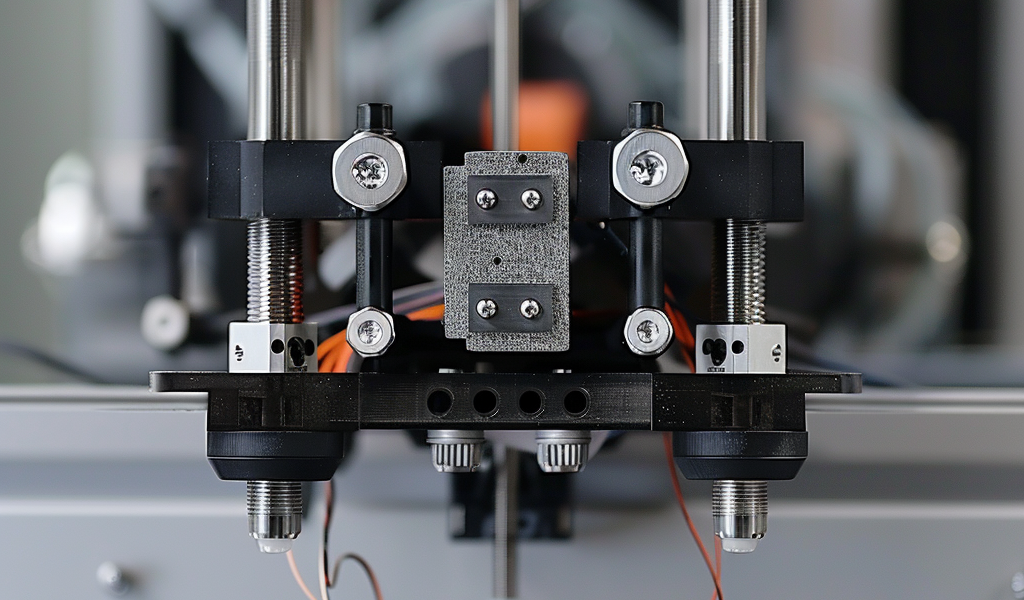A groundbreaking development in the field of 3D printing has emerged from a team of scientists who have introduced a new FDM 3D printer capable of autonomously creating parameters for unknown materials. While traditional 3D printers come equipped with material presets for commonly used polymers, adjusting printing parameters for sustainable and recycled materials has typically been a manual and time-consuming process.
Experts from MIT’s Center for Bits and Atoms (CBA), in collaboration with the U.S. National Institute of Standards and Technology (NIST) and Greece’s National Center for Scientific Research (Demokritos), have spearheaded this innovative project. By developing an extruder that can gather crucial filament data during the printing process, the team has successfully implemented a mathematical model that automatically determines the optimal 3D printing parameters for various materials.
The research paper published by the team highlights the potential of this methodology to revolutionize the utilization of unique FDM filaments that offer superior sustainability compared to conventional fossil fuel-based polymers. Senior author Neil Gershenfeld emphasized the significance of this advancement in promoting environmentally friendly 3D printing practices, stating, ‘The goal is to make 3D printing more sustainable.’

3D printing with renewable and recycled materials has long been a complex endeavor due to the diverse properties of such materials. With variations in composition based on factors like seasonal plant mixtures, determining the appropriate printing parameters for these materials has posed a significant challenge.
The team’s innovative approach involves enhancing an existing MIT lab 3D printer with three sensors integrated into the extruder. These sensors enable the measurement of pressure, filament thickness, and material feed rate, crucial for identifying optimal parameters for unknown materials.
Conducting a comprehensive 20-minute test for each material, the team collected temperature and pressure data at different flow rates. By setting the printer’s nozzle to its maximum temperature of 290℃ and extruding the material at a fixed rate, the researchers were able to gather essential insights for parameter optimization.





